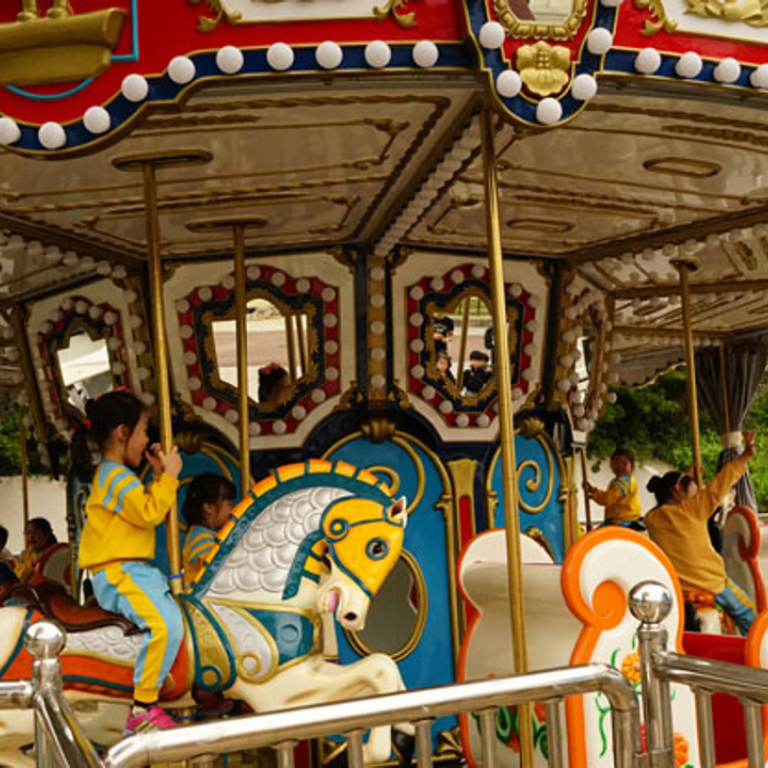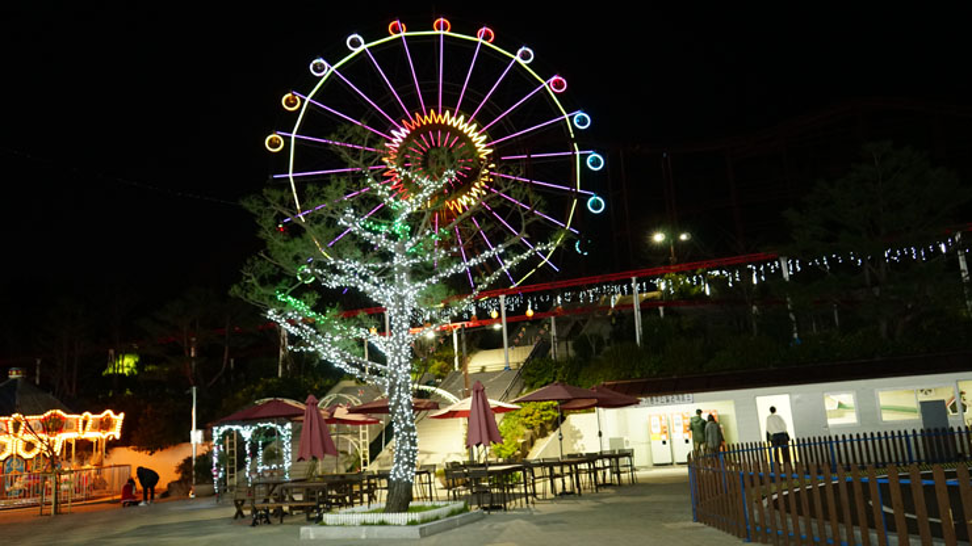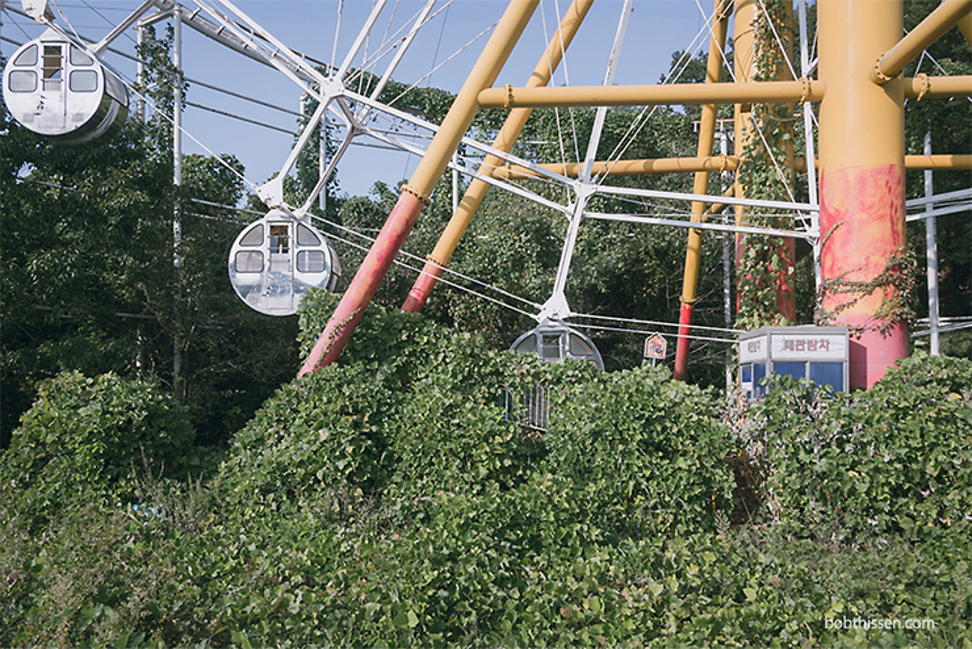
Amusement park in Korea shakes off ‘abandoned’ rumours
Gaya Land was wrongly deemed to be an abandoned amusement park, but inside source says the misunderstanding has not affected business
By Lee Han-soo and Jon Dunbar
Employees at Gaya Land, an amusement park in Gimhae, South Gyeongsang Province, South Korea, were surprised to see articles had gone viral describing their workplace as “spooky,” “abandoned” and “the stuff of nightmares.”
The park, which closed in 2011, reopened under new management on April 2, 2016. Now, all facilities have been refurbished and all rides are once again running.
So it came as a surprise that stories of the park’s abandoned state spread online as news and clickbait sites, including Express, The Daily Star, The Sun and The Daily Mail, picked up on it years later.
“I was aware of the fact that pictures of past amusement parks were uploaded to the Korean online community, but I did not know they were published overseas,” said Kim Hye-jin, who works at Gaya Land.
Pictures showing the park in an abandoned state were taken between 2011 and the park’s 2016 reopening. The park originally opened in 1991.
The pictures going viral were taken by Bob Thissen, an urban explorer from the Netherlands who has documented his visits to abandoned places all over the world on bobthissen.com and his YouTube channel “Exploring the Unbeaten Path.” He visited Korea in September 2014 with plans to visit four abandoned amusement parks across the country, as well as other abandoned sites.
“I did some research on South Korea and found out there were quite some cool abandoned amusement parks,” Thissen told The Korea Times in an interview. “I was really glad to find out this park was still intact. A lot of other theme parks were already partly dismantled by the time we got there, so that was a bit of a bummer.”
He said he made two visits to Gaya Land.
“We went in during the evening in the dark,” he said. “Dogs started to bark but we continued walking to the main entrance. Suddenly a man appeared with a flashlight and he blew his whistle. We ran like crazy and disappeared in the dark. The next morning we took another entrance and explored the park on tiptoe. This time the dogs didn’t seem to bother and there was no security at all… strange.”
His pictures, distributed online by Caters News, show an untended park overrun with vegetation and covered in a blanket of dust, yet not a trace of vandalism. Many of the syndicated articles likened the scene to the post-apocalyptic setting of the 2007 film “I Am Legend.”
As to why the pictures only popped up recently, over two years later, Thissen blames his busy travel schedule and sensitivity concerns. “I only recently started to upload pictures,” he said. “I have been underground for many years and am now uploading some of the locations I have been to.”


Kim said the park hasn’t seen any disadvantages from the articles, adding that most visitors to the park are Korean, while the few foreigners they do see are from Southeast Asia.
While the park is still picturesquely set in a valley overlooking Gimhae, visitors looking for photogenic ruins should go elsewhere. Urban explorers based in Korea have put out the word that the park is reopened, instead directing people toward Seoul’s Yongma Land, a closed amusement park where the owner lets photographers peek around for 5,000 won a head.
“I am not afraid people will suddenly go to visit Gaya Land,” Thissen said. “I guess they will do their homework too! It’s the same with Okpo Land. It is still covered a lot in the media while the park is gone for many years already.”
Okpo Land, demolished in 2011, was another well-known abandoned amusement park, located on a hilltop overlooking Okpo-dong on Geoje Island. Korea has seen many of its remote amusement parks close up and sit abandoned, partly as a consequence of upgraded transportation infrastructure allowing better access to the bigger parks, according to urban explorers.


